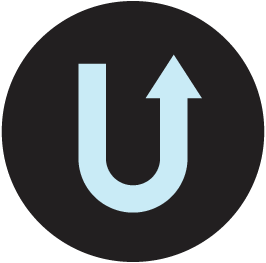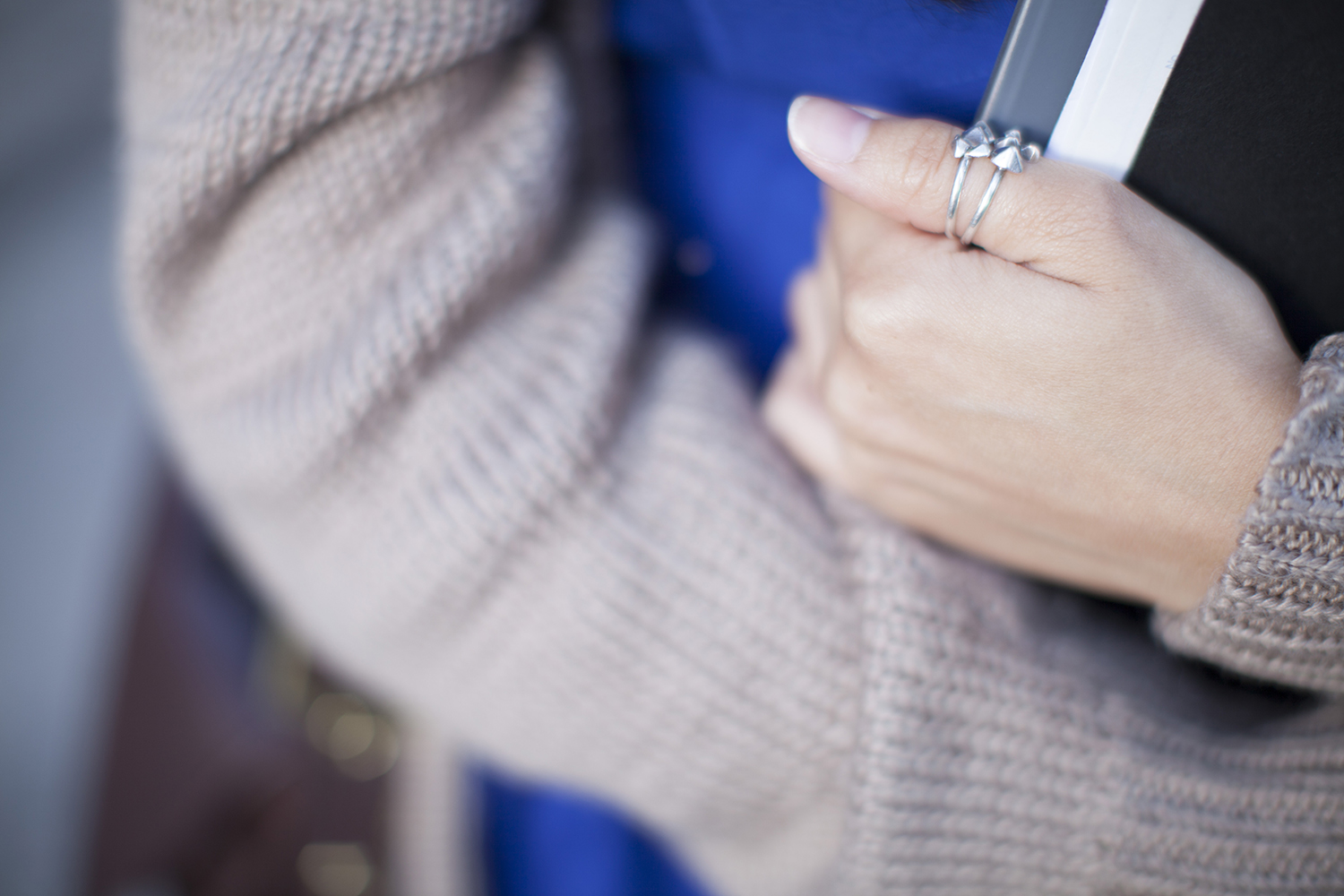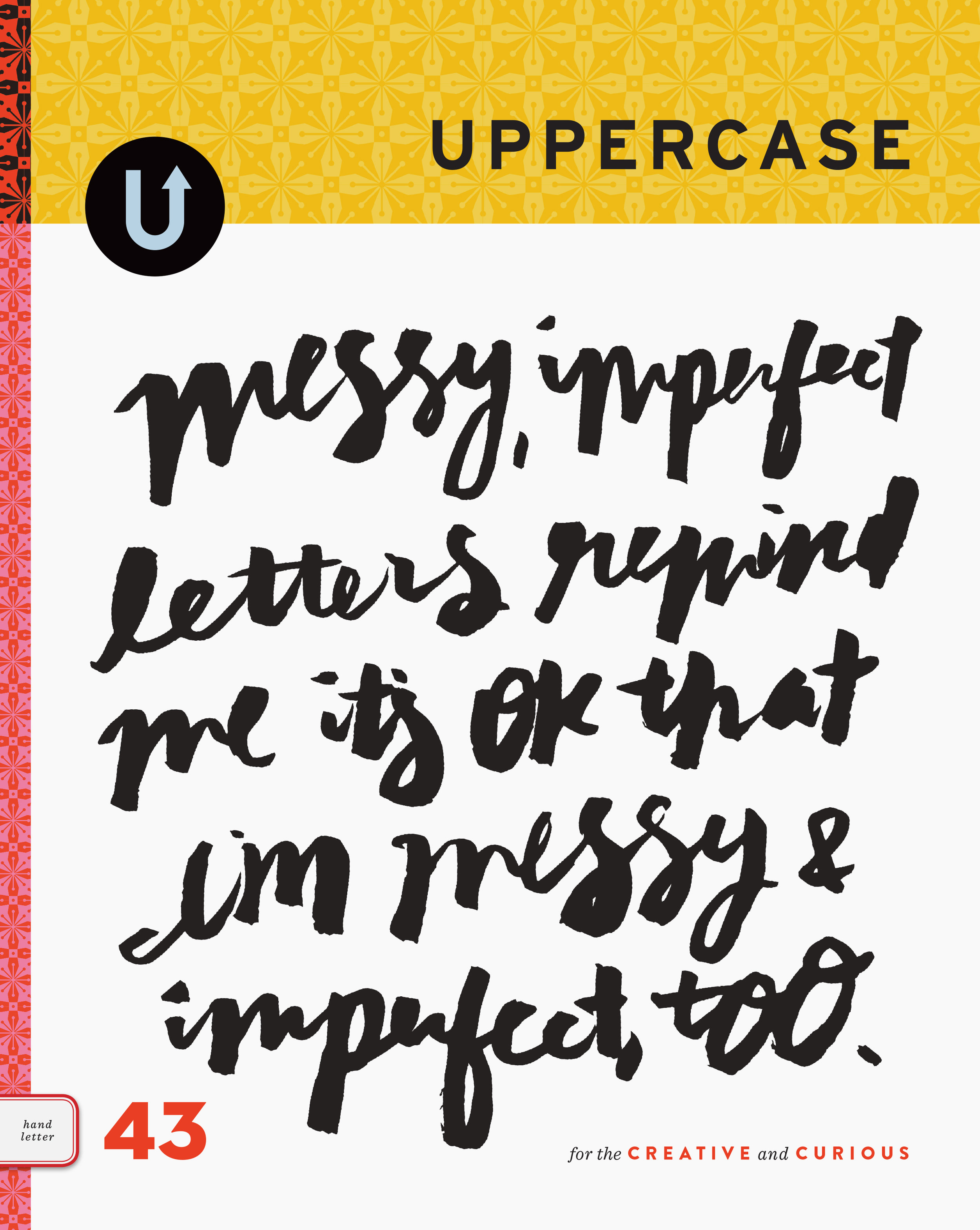And yet, looking back I realize that vestiges of my parents’ heritage remained, subtly informing our traditions and beliefs. Easter in particular was a holiday where my mother’s Romanian roots showed through, and not only in her insistence on following the Orthodox calendar. Like many children, we’d spend afternoons dyeing and decorating hard-boiled eggs. Unlike other families, however, before we could eat these eggs, we had to tap our eggs against one another, end to end, in the hopes of cracking our opponent’s egg, while ritualistically calling and responding, “Christ is risen. Truly He is risen.” The person whose egg remained unbroken would be the victor. This competition was taken seriously and seemed entirely normal to me.
While we kids spent hours attempting to fortify our eggs through decoration, my father, having little in the way of a competitive spirit, would amuse himself by coming up with increasingly complex designs for his eggs. One year he came home with a handful of strange implements that he’d purchased from the local Ukrainian church. Instead of boiling his egg as we did ours, he poked a hole in either end and blew the raw yolk and whites into a bowl. As we scribbled on our eggs with crayon and dipped them into a single vat of dye, he lined up a series of dyes from lightest to darkest and applied beeswax to his eggs between dips. When he finished with the dye, he placed his eggs in a warm oven to melt the wax, then wiped them gently with a cloth as he removed them, revealing vibrant eggs unlike any we’d seen before—delicate and intricate and beautiful.
This was my first exposure to the ancient art of pysanka. Although this technique of wax-resist egg decorating is most closely associated with Ukrainian culture, the practice is widespread across many Eastern European countries. The word pysanka derives from the Ukrainian “pysaty,” which means “to write,” and refers specifically to eggs decorated with the written wax method (our primitive crayon and dye versions would be closer to the Ukrainian krashanky—boiled eggs dyed a single colour to be blessed and eaten at Easter). The purely decorative pysanky hold a place of importance in Ukrainian culture that can be difficult to overstate. When the Ukrainian-settled town of Vegreville, Alberta, sought a symbol to celebrate its heritage, they built a 31-foot-long, three-and-a-half-story tall, two-ton sculpture of an intricately decorated Easter egg.
But how did egg decorating come to play such an important role in Ukrainian culture? Archaeological evidence suggests that eggs decorated with sun symbols were part of pre-Christian sun god worship, revered as symbols of the renewal of spring. As the Christian faith began to take hold in these regions, eggs were repurposed as symbol of the resurrection and soon came to play an important role in Ukrainian Easter rituals. By the 15th century, this practice had become widespread, as evidenced by an intact pysanka from this era found in Lviv. The tradition was passed down from mother to daughter through the generations into the early 20th century. As emigrants sought new opportunities in North and South America, they brought the tradition with them, keeping it alive even as Soviet authorities were banning it in the motherland as a forbidden religious observance.
Traditionally, the women of a family would make pysanky in the last week of Lent. They would heat a vat of beeswax on a stove to the melting point, then dip a stylus with a conical reservoir into it. Dyes would be prepared in a variety of colours from traditional plant- and animal-based formulas, including extracts from dried plants, roots, bark, berries and insects. Working from lightest to darkest dyes, they would apply wax to the eggshell between colours to keep the covered section protected, building up the complexity of their designs layer by layer. Although the image most commonly conjured up by the thought of a Ukrainian Easter egg is of a complex geometric pattern, the variety of designs and approaches is vast and laden with symbolic meaning that changes from region to region. The most popular include nested geometric patterns, waves, spirals, farm implements, and animal and plant motifs, as well as Christian symbols.
Pysanky are crafted today in much the same way they always were, though they are frequently created for artistic rather than religious purposes. The only equipment required for creating your own pysanka are raw eggs for a canvas, a needle (or specialized egg blower if you’re feeling fancy) to remove the innards of the egg, dyes in a variety of colours, beeswax for melting and machined brass styluses (known as kistka, psychok, psyak or pysal’tse, depending on region) for applying the wax to the egg in a variety of thicknesses. Unlike standard vinegar-soluble Easter egg dyes, Ukrainian eggs require specialized water-soluable dyes, and you’ll want to get at least the six basic colours—yellow, orange, light blue, light green, bright red and black. Once you get the basics down, you’ll be amazed at how quickly you can come up with heirloom-quality eggs that you’ll want to keep around long after Easter.























































